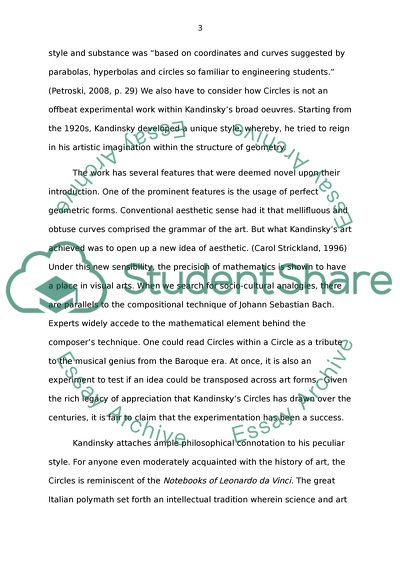Cite this document
(“Circles in a Circle by Vasily Kandinsky Term Paper”, n.d.)
Retrieved from https://studentshare.org/visual-arts-film-studies/1655470-circles-in-a-circle
Retrieved from https://studentshare.org/visual-arts-film-studies/1655470-circles-in-a-circle
(Circles in a Circle by Vasily Kandinsky Term Paper)
https://studentshare.org/visual-arts-film-studies/1655470-circles-in-a-circle.
https://studentshare.org/visual-arts-film-studies/1655470-circles-in-a-circle.
“Circles in a Circle by Vasily Kandinsky Term Paper”, n.d. https://studentshare.org/visual-arts-film-studies/1655470-circles-in-a-circle.


